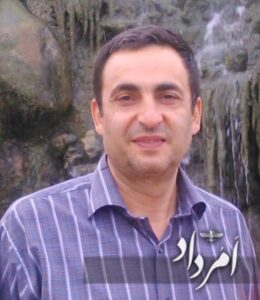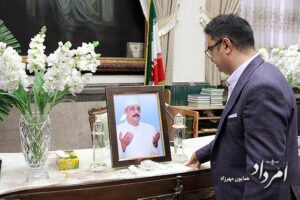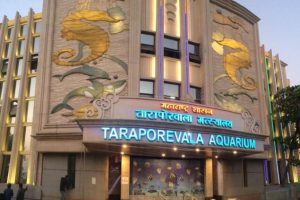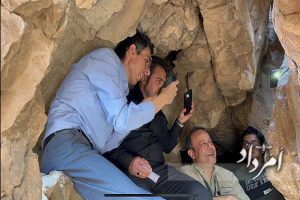Plenty of traces of history can be found in this prosperous land in every era. Perhaps the most important of the ancient findings of Kashan, “Sialk hill”, which has a world reputation and was one of the first settlements on the Iranian plateau.
In human civilization, we know no place older than Sialk, where urbanization was established. This point alone speaks for Sialk’s glory and importance in the conglomeration of Iran’s history. Sialk was where man started urban civilization and became an example for other lands and peoples.
We must go back to 2500 years ago to find the Sialkies who became one with the Aryan people. In excavations, artifacts have been found that prove this encounter, like horses and suns carved on spears and swords and long tubular dishes. But in Sialk, the signs are older than what we mentioned. In one of the discovered cemeteries, traces from 3500 years ago have been found, and the other cemetery is three thousand years old. Here, we need to go back to 7500 years ago to date the works discovered in the northern Sialk Hill. About how many artifacts have been found from nearer millennia is a long story and another document to prove the archeological importance and value of ancient Sialk.
Two Sialk hills and two ancient cemeteries are discovered on the right side of the road that connects Fin and Kashan. On the other hand, very ancient geological signs have been found in Sialk when man had not reached his current evolution, and the current lands were surrounded by seawater. At first glance, the soil that rises on the Sialk hills doesn’t look like there is a trace of the lost past hidden under its hills. But contrary to what we may assume at first sight, those two hills have been the first spot for formation of human civilization and progress of material life. Perhaps these dual hills were a place of worship for the Sialkies; a temple was forgotten entirely in the following historical periods, and no memory remained in anyone’s mind. The flood that hit Sialk at the beginning of the 14th century (Iranian official calendar) brought some of its ancient monuments to the astonished eyes of those who called that hill “cursed” before that.
Profiteers found many antiquities and sold them away at very low prices. Until the efforts of Andre Godard, director of the antiquities department, plus research activities and identification of Iran’s cultural objects, together with the efforts of Roman Grishmann, resulted in archeological speculations in Sialk in 1312 (1933), under supervision of Grishman (French archeologist), followed by unexpected results. But the primary and fundamental work was done by Dr. Sadegh Malek Shahmirzadi. Without his efforts, the Sialk hills would have disappeared under the constructions forever, and no one would have discovered the civilization underneath. It was then that pottery, spinning and weaving spindles, as well as a furnace for melting metals and many other works, were found in Sialk. Those findings are now kept in the National Museum of Iran, the Louvre Museum in France, and several other places.
Iran; a vast land full of archeological signs
One of the examples of urban life in Sialk is the burial of their dead under the floor of their living room and the grave filled with objects that were thought to be helpful in their afterlife.
Sialk civilization layers go back to prehistoric times, the beginning of the Elamites and the Iron Age. Therefore, it is a precious treasure for archeological research of different periods and the way of settlement of ancient people in the plateau of Iran.










